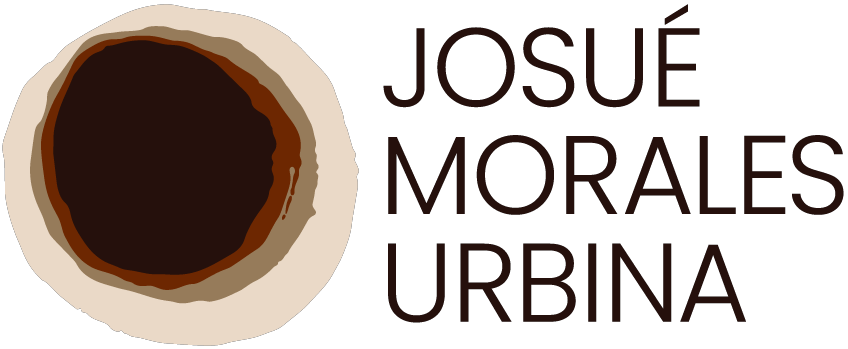INSTALLATION ARTIST
Transcultural displacement and dépaysement: A longing for a sense of home in a foreign environment.
I was born in Guatemala and have lived throughout the United States since my twenties, yet I have never fully belonged in either place. In the United States, I am asked to account for my origins. Within Latin American communities, I remain a minority within a minority. When I return to Guatemala, my accent, my clothing, and my lived experience mark me as different. I have become a hidden immigrant, someone who seems to belong but does not. Art becomes the place where I build a sense of home.
Foreignness and the impermanence of memory shape the installations I create, which emerge from fragments of lived experience and materials that evoke the familiar, the perishable, and the intimate. Informed by Homi K. Bhabha’s notion of the Third Space, my practice explores the in-between condition where identity is negotiated, and hybridity becomes both tension and creation. Process-oriented and meditative, my Third Culture Kid work discovers yet another Third Space through repetition, where hand and mind converge and the act of making becomes a site of belonging.
I give everyday materials a sense of protagonism, allowing them to shape the work through their own tensions, fragilities, and transformations. I use edible and biodegradable elements such as honey, milk, mandarin peels, baguettes, coffee, and plantain chips. These materials carry domestic associations and cultural histories, and within my installations they also seek to adjust to the newly created environment, mimicking my interest in displacement and adaptation. A memory evokes a material, and the material guides the work.
Through proxemics, the language of personal space, I also treat the viewer as a material, shaping the work through their presence and movement. These environments offer a quiet home for those who live between identities, a home that speaks in many materials, many tongues. A home that disappears but is never truly gone.
Photo by Shawn Inglima


